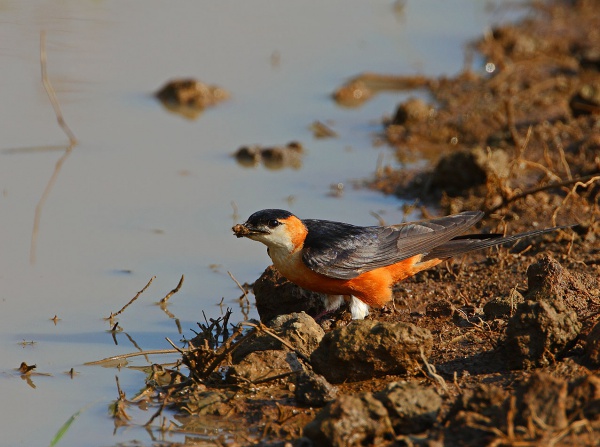Facts About Mosque swallow
The mosque swallow is a striking bird found across sub-Saharan Africa, particularly in the western parts of the region. Unlike many birds, it doesn't migrate but does move somewhat in response to the rainy season. Initially classified in the genus Hirundo, it has since been reclassified to the genus Cecropis. There are three recognized subspecies of this bird.
In appearance, the mosque swallow is the largest swallow in Africa. It has a dark blue crown, back, and tail, complemented by a reddish-brown rump and underparts. Females resemble males but have shorter tail streamers, while juvenile birds are browner. These swallows measure about 21–23 cm in length.
They range from southern Mauritania to South Sudan and extend to Namibia, Botswana, Zimbabwe, Mozambique, and northeastern South Africa. In southern Africa, they favor dense broad-leaved woodlands with specific types of trees. In West Africa, they are more commonly seen in open areas like forest clearings and savannas.
Regarding behavior, mosque swallows primarily eat flying insects and are often seen foraging above the ground. They gather in flocks during termite swarms and bushfires. Nesting alone or in small groups, they use mud pellets lined with grass and feathers to construct their nests. These nests are typically located in tree cavities, baobabs, or beneath tree branches. They breed throughout the year, with a peak season from August to April, usually laying 2-4 eggs per clutch.

 Mozambique
Mozambique